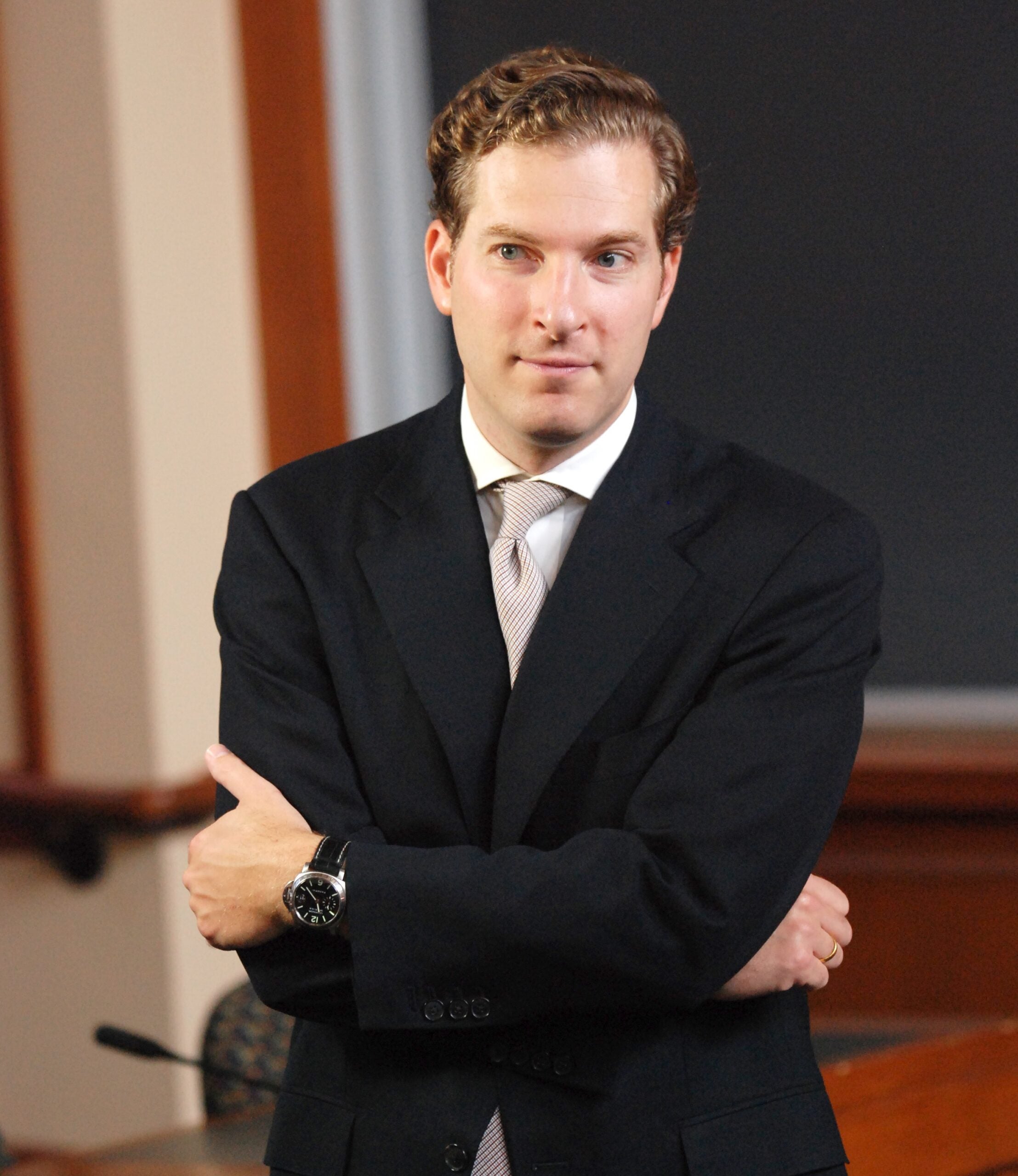The following article by Professor Noah Feldman, “When judges make foreign policy,” was the cover article for the September 28, 2008, New York Times Magazine.
Every generation gets the Constitution that it deserves. As the central preoccupations of an era make their way into the legal system, the Supreme Court eventually weighs in, and nine lawyers in robes become oracles of our national identity. The 1930s had the Great Depression and the Supreme Court’s “switch in time” from mandating a laissez-faire economy to allowing New Deal regulation. The 1950s had the rise of the civil rights movement and Brown v. Board of Education. The 1970s had the struggle for personal autonomy and Roe v. Wade. Over the last two centuries, the court’s decisions, ranging from the dreadful to the inspiring, have always reflected and shaped who “we the people” think we are.
During the boom years of the 1990s, globalization emerged as the most significant development in our national life. With Nafta and the Internet and big-box stores selling cheap goods from China, the line between national and international began to blur. In the seven years since 9/11, the question of how we relate to the world beyond our borders — and how we should — has become inescapable. The Supreme Court, as ever, is beginning to offer its own answers. As the United States tries to balance the benefits of multilateral alliances with the demands of unilateral self-protection, the court has started to address the legal counterparts of such existential matters. It is becoming increasingly clear that the defining constitutional problem for the present generation will be the nature of the relationship of the United States to what is somewhat optimistically called the international order.
This problem has many dimensions. It includes mundane practical questions, like what force the United States should give to the law of the sea. It includes more symbolic questions, like whether high-ranking American officials can be held accountable for crimes against international law. And it includes questions of momentous consequence, like whether international law should be treated as law in the United States; what rights, if any, noncitizens have to come before American courts or tribunals; whether the protections of the Geneva Conventions apply to people that the U.S. government accuses of being terrorists; and whether the U.S. Supreme Court should consider the decisions of foreign or international tribunals when it interprets the Constitution.
In recent years, two prominent schools of thought have emerged to answer these questions. One view, closely associated with the Bush administration, begins with the observation that law, in the age of modern liberal democracy, derives its legitimacy from being enacted by elected representatives of the people. From this standpoint, the Constitution is seen as facing inward, toward the Americans who made it, toward their rights and their security. For the most part, that is, the rights the Constitution provides are for citizens and provided only within the borders of the country. By these lights, any interpretation of the Constitution that restricts the nation’s security or sovereignty — for example, by extending constitutional rights to noncitizens encountered on battlefields overseas — is misguided and even dangerous. In the words of the conservative legal scholars Eric Posner and Jack Goldsmith (who is himself a former member of the Bush administration), the Constitution “was designed to create a more perfect domestic order, and its foreign relations mechanisms were crafted to enhance U.S. welfare.”
A competing view, championed mostly by liberals, defines the rule of law differently: law is conceived not as a quintessentially national phenomenon but rather as a global ideal. The liberal position readily concedes that the Constitution specifies the law for the United States but stresses that a fuller, more complete conception of law demands that American law be pictured alongside international law and other (legitimate) national constitutions. The U.S. Constitution, on this cosmopolitan view, faces outward. It is a paradigm of the rule of law: rights similar to those it confers on Americans should protect all people everywhere, so that no one falls outside the reach of some legitimate legal order. What is most important about our Constitution, liberals stress, is not that it provides rights for us but that its vision of freedom ought to apply universally.
The Supreme Court, whose new term begins Oct. 6, has become a battleground for these two worldviews. In the last term, which ended in June, the justices gave expression to both visions. In two cases in particular — one high-profile, the other largely overlooked — the justices divided into roughly two blocs, representing the “inward” and “outward” looking conceptions of the Constitution, with Justice Anthony Kennedy voting with liberals in one case and conservatives in the other. The Supreme Court is on the verge of several retirements; how the justices will address critical issues of American foreign policy in the future hangs very much in the balance.
This may seem like an odd way of thinking about international affairs. In the coming presidential election, every voter understands that there is a choice to be made between the foreign-policy visions of John McCain and Barack Obama. What is less obvious, but no less important, is that Supreme Court appointments have become a de facto part of American foreign policy. The court, like the State Department and the Pentagon, now makes decisions in cases that directly change and shape our relationship with the world. And as the justices decide these cases, they are doing as much as anyone to shape America’s fortunes in an age of global terror and economic turmoil.
Continue reading, “When judges make foreign policy.”
Noah Feldman, a contributing writer for the magazine, is a law professor at Harvard University and an adjunct senior fellow at the Council on Foreign Relations.
